10 Japanese Dog Breeds You Might Not Know
Kristina Chizmar/iStock / Getty Images Plus via Getty Images
Although there are only a handful of Japanese dog breeds, they have a long and rich history. While some are known globally, others have less acclaim and are rare even in Japan. Here are 10 Japanese dogs you should know.
1. Shiba Inu
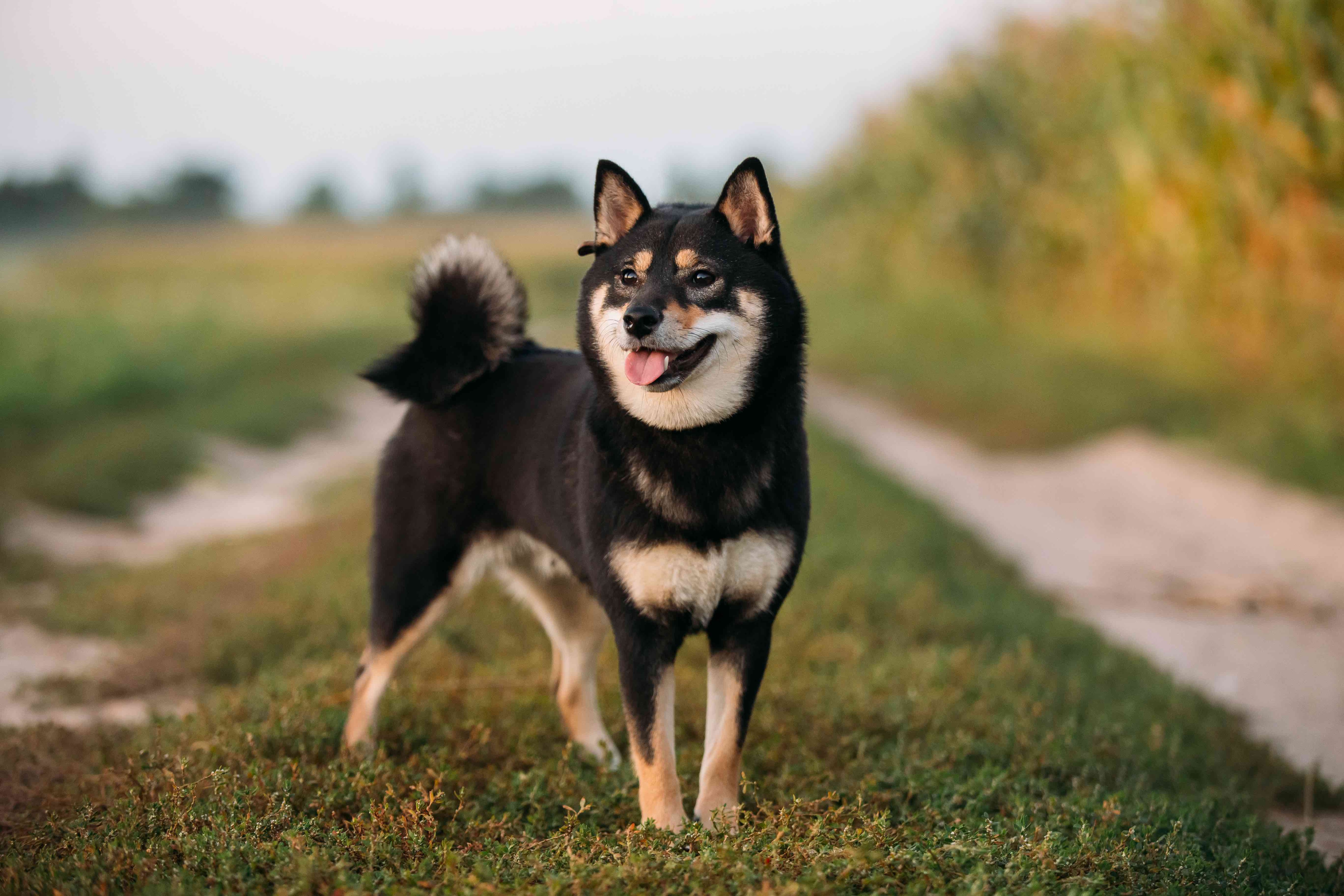
The Shiba Inu is a small but mighty dog. Weighing 17–23 pounds, this Japanese dog was originally bred to hunt small game and even wild boar, according to the National Shiba Club of America.
Shibas are intelligent dogs that need lots of mental stimulation to prevent boredom. Without enough stimulation, exercise, or attention from their family, a bored Shiba Inu might scream to let you know they’re frustrated. Apartments might not be the best fit for this breed because of their “Shiba scream.”
Vet Recommended Health Support
- Nutramax Imuquin Immune Support Powder Immune Supplement for Dogs, 30 count$24.99Chewy Price
- Purina Pro Plan Veterinary Diets FortiFlora Powder Probiotic Digestive Supplement for Dogs, 30 count$30.99Chewy Price
- Purina Pro Plan Adult Sensitive Skin & Stomach Salmon & Rice Formula Dry Dog Food, 16-lb bag$54.48Chewy Price
- Virbac Epi-Otic Advanced Ear Cleaner for Dogs & Cats, 4-fl oz bottle$12.34Chewy Price
2. Akita
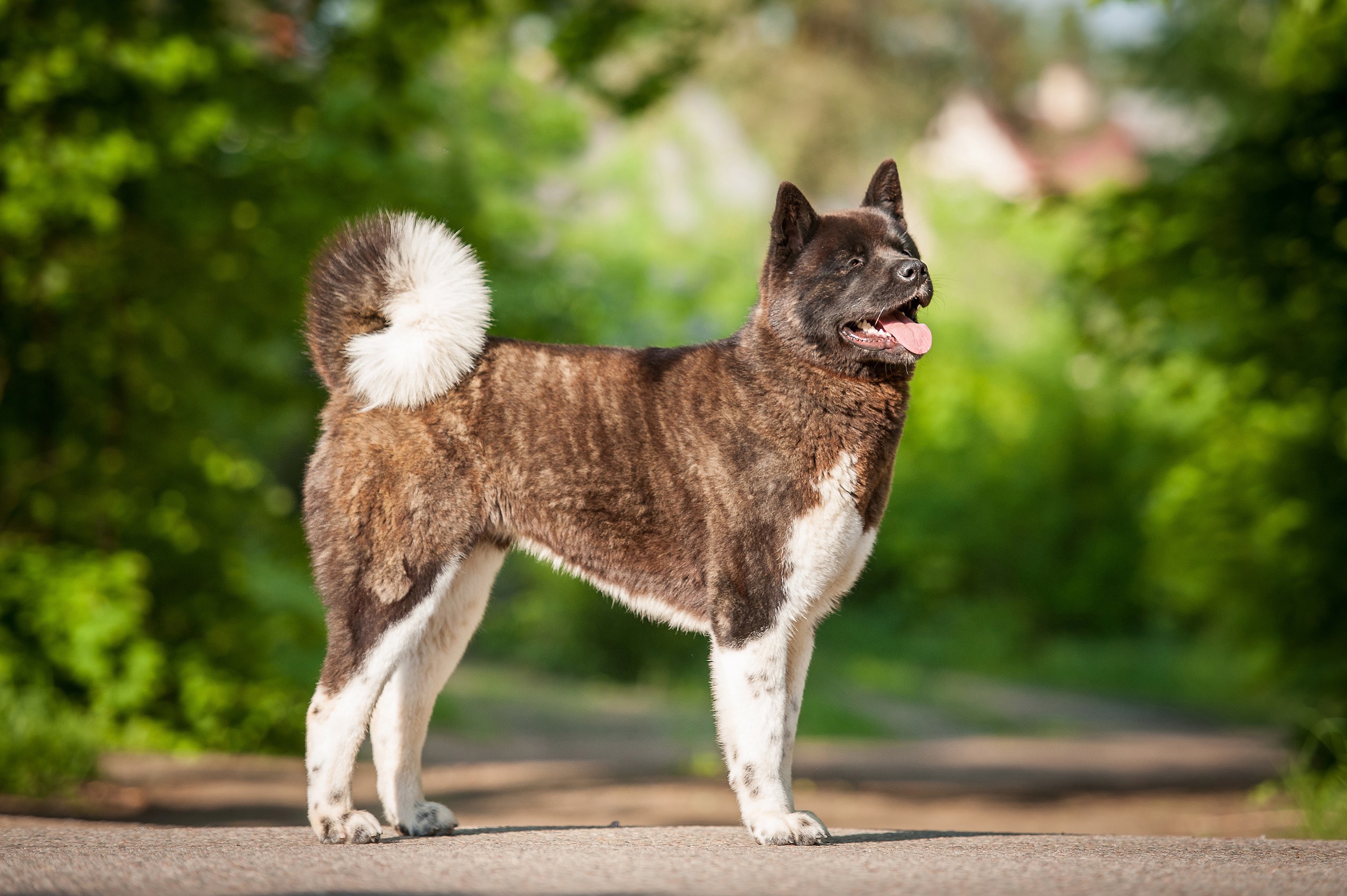
The Akita is a Japanese dog that was originally bred to work as a hunter and guardian. They look like larger versions of a Shiba Inu, with a plush coat, pricked-up ears, a foxlike face, and a tail that curls up over their back.
Today, Akitas are cherished in Japan for their loyalty. This trait is exemplified by the story of Hachiko, an Akita that in the 1920s waited every day for nine years for his deceased pet parent to return from work. A statue honors Hachiko in Tokyo today.
But while Akitas are loving and loyal to their family members, without dedicated socialization this Japanese dog breed may be reserved around strangers.
3. Japanese Chin
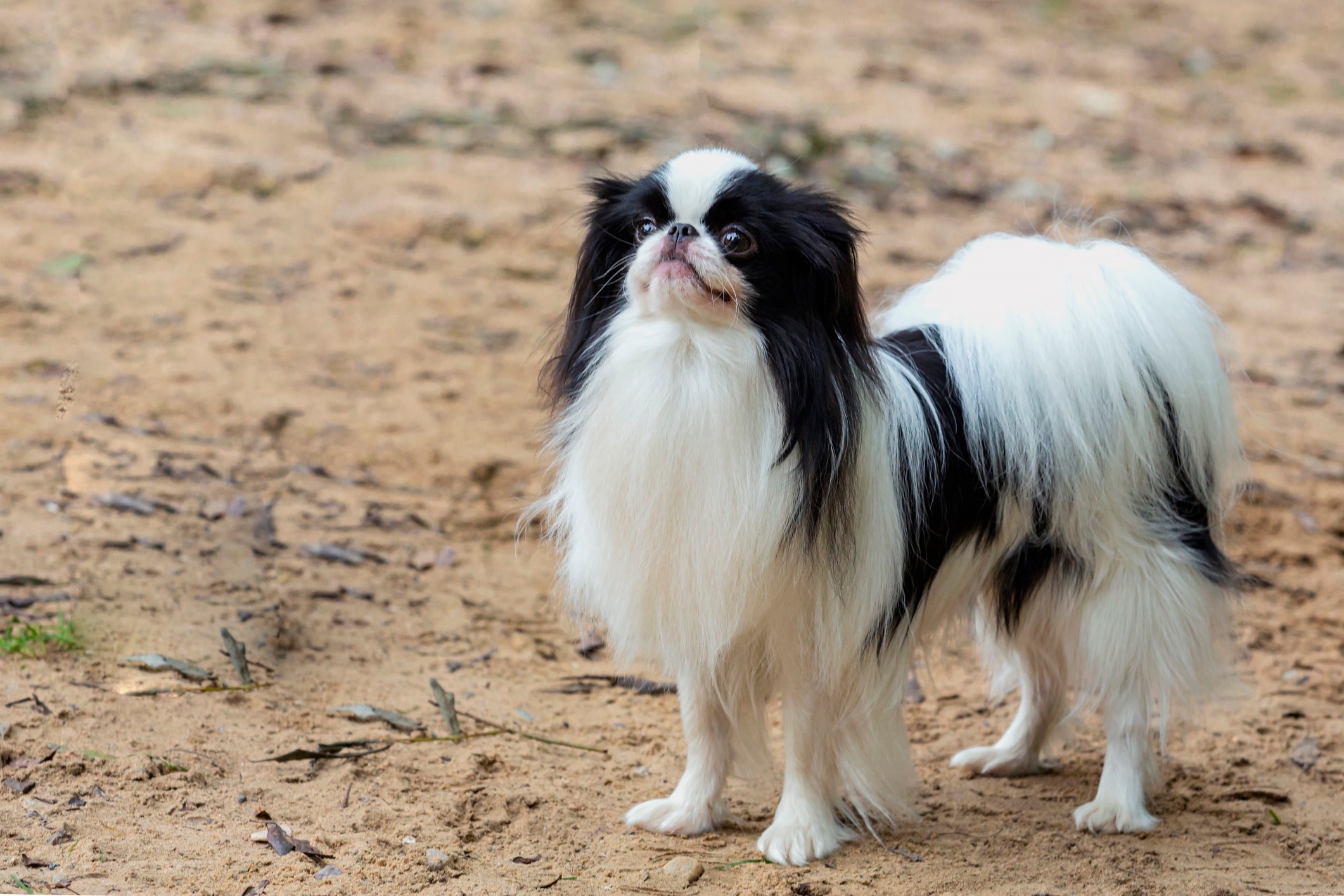
While the Japanese Chin didn’t technically get their start in Japan (the Japanese Chin Club of America cites China as the breed’s origin), Japanese nobles shaped the first Chin dogs into the adorable flat-faced breed known today.
Along with his brachycephalic (flat) face, this small dog is known for an affectionate and playful nature. And despite their long and silky fur, Japanese Chin dogs only need to be brushed once or twice a week to prevent tangles.
4. Japanese Spitz
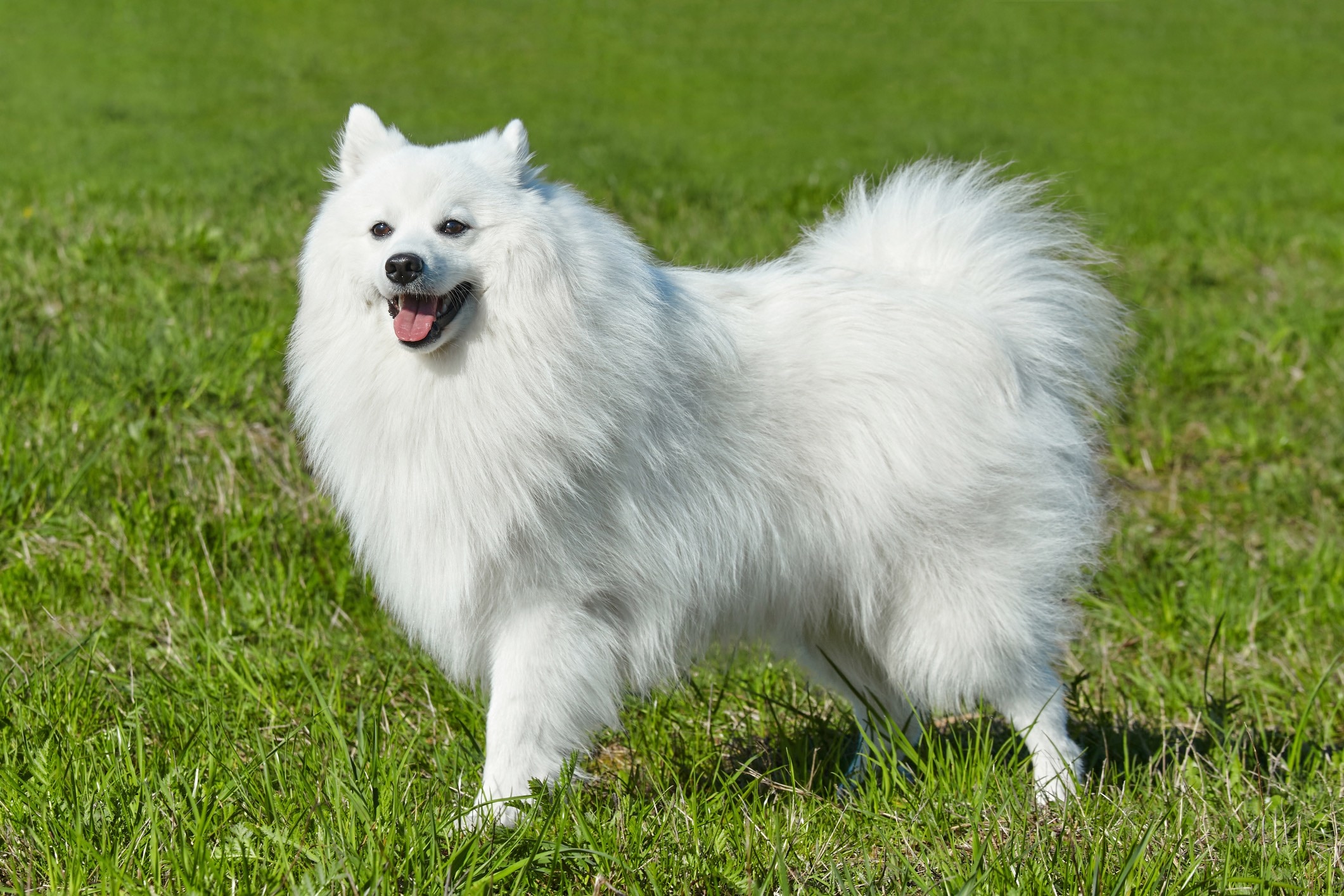
The Japanese Spitz looks like a little white cotton ball, and their personality is just as warm and fuzzy. This dog is energetic, eager to please their humans by learning fun tricks and new skills, and can make a great family dog.
However, pet parents should be prepared to dedicate time to care for the Japanese Spitz’s fluffy white coat. Each spring and fall, the breed sheds excessively and needs daily brushing. Outside of shedding seasons, brushing sessions can be reduced (slightly) to a few times throughout the week.
5. Tosa
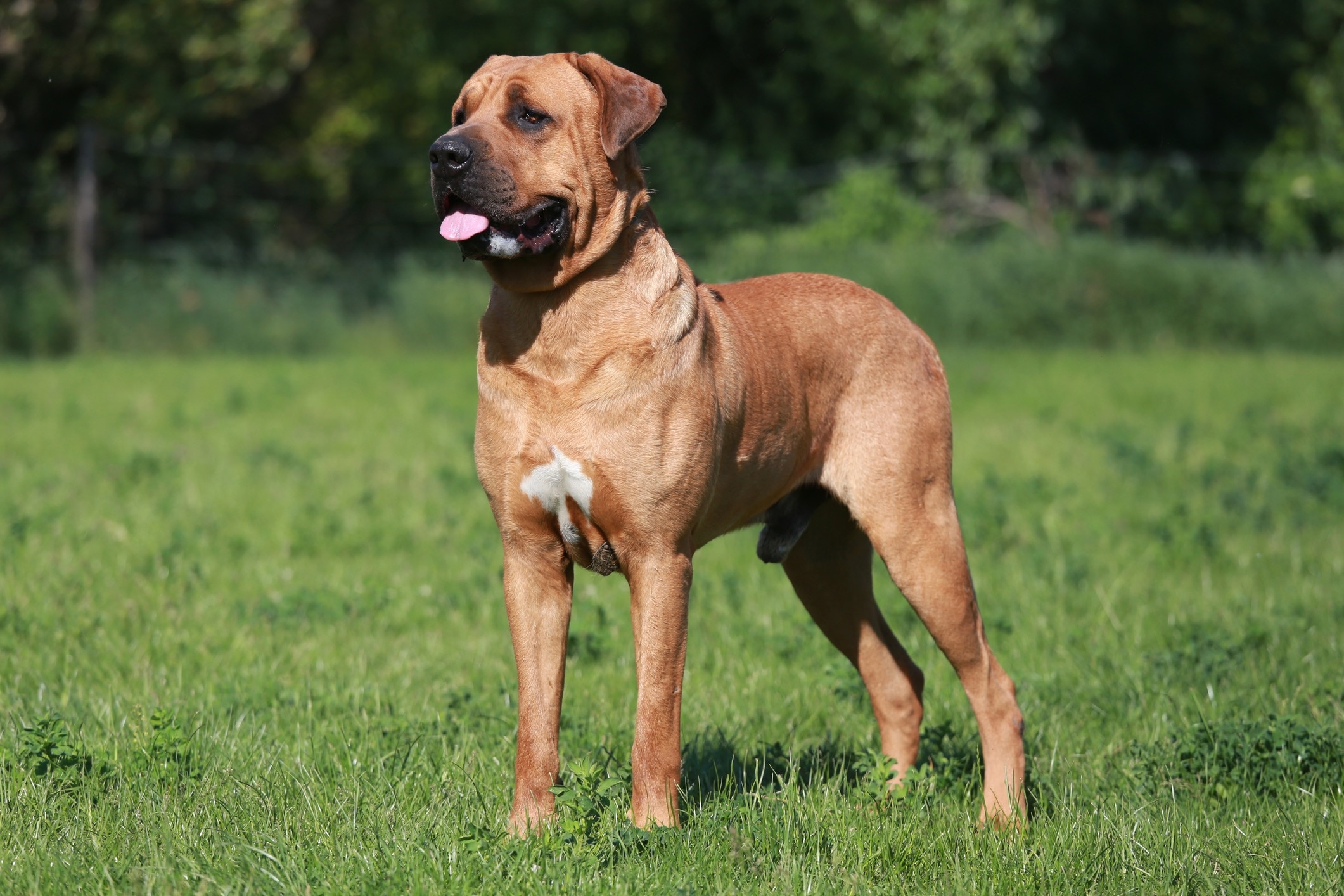
Sometimes called the Japanese Mastiff, the Tosa is a giant dog that can weigh up to 200 pounds. They are the largest Japanese dog breed.
Unfortunately, the Tosa’s long history is closely tied to dog fighting. Because of this, the Tosa can be reserved around new people. Pet parents must prioritize socialization and train their Tosa puppy with positive reinforcement. This breed can grow into a calm and well-adjusted companion with the proper positive upbringing.
6. Kishu Ken
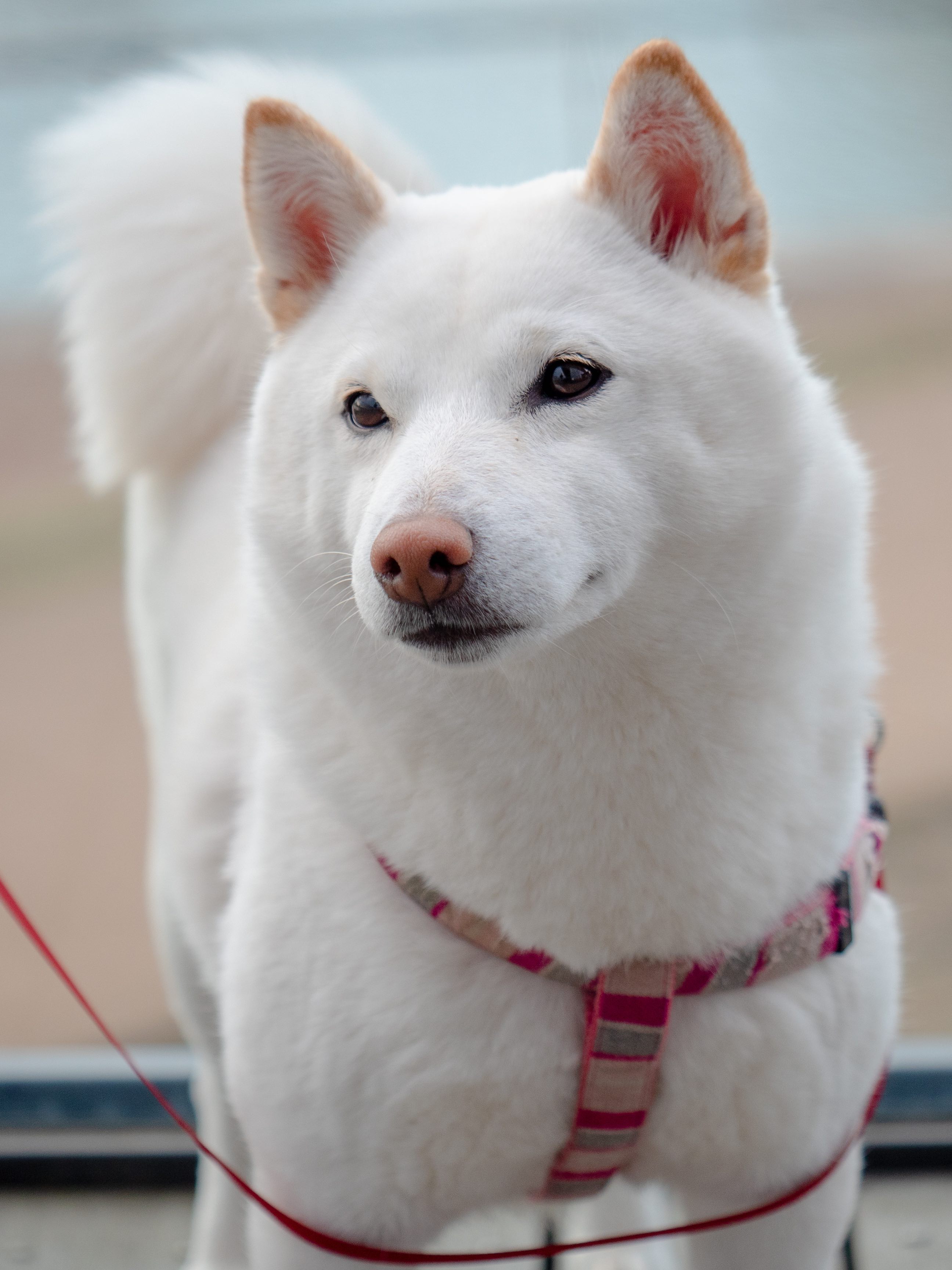
The Kishu Ken has remarkable stamina thanks to the breed’s history as a hunting dog. This hunting history means the Japanese breed has lots of energy and a desire to please the people they love.
Kishu Ken are also quite social and friendly dogs, according to the National Kishu Ken Club. While they can get along with new people and other dogs, Kishu Ken might not do well around smaller pets because of their strong prey drive.
7. Japanese Terrier
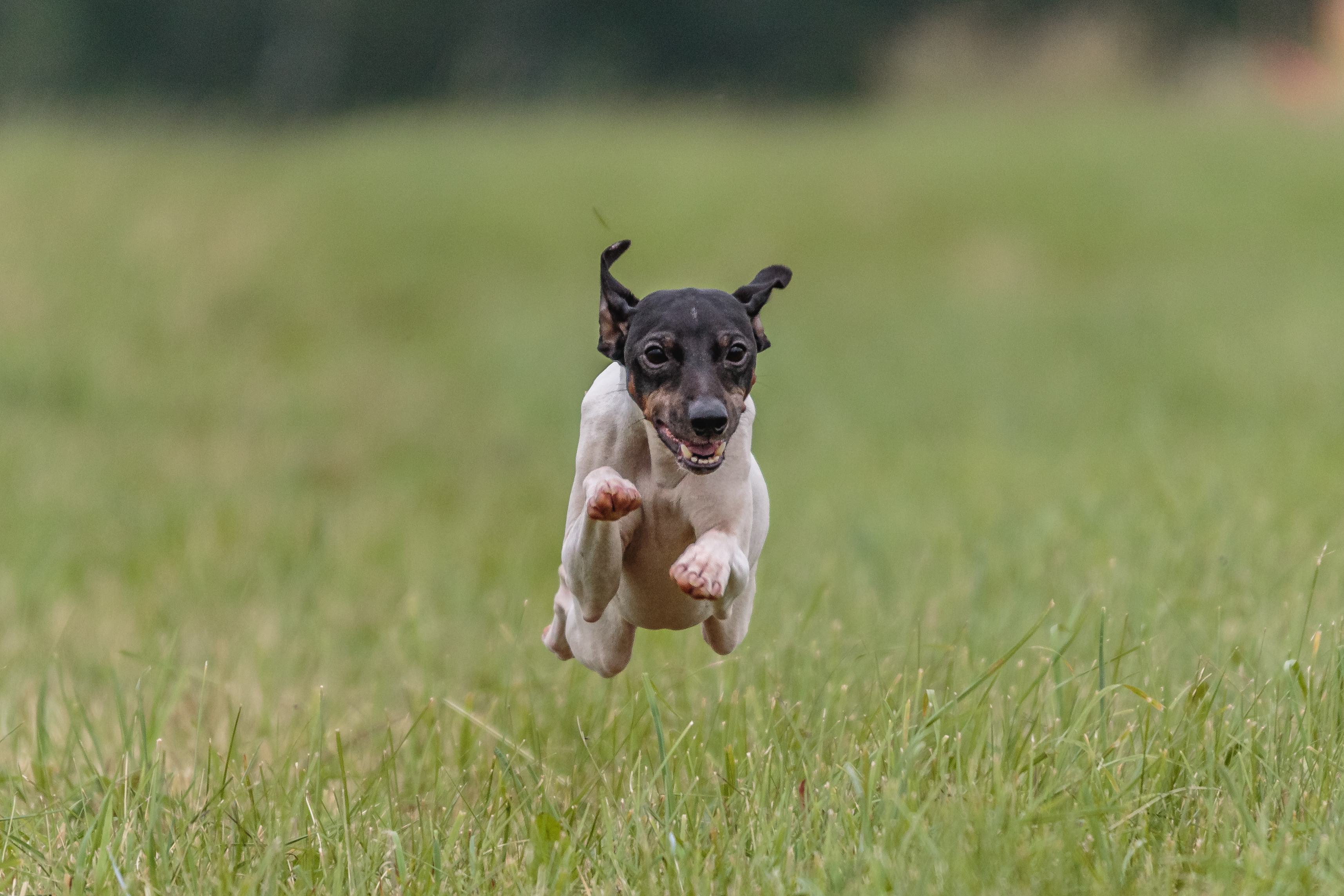
Like many other terrier breeds, the Japanese Terrier is a small, alert, and athletic dog. Their independent nature must be met with patience and consistent, positive reinforcement-based training—again, just like many other terriers.
Unlike many other Japanese dog breeds that have fluffy coats, the Japanese Terrier has short fur that doesn’t require much upkeep.
8. Shikoku
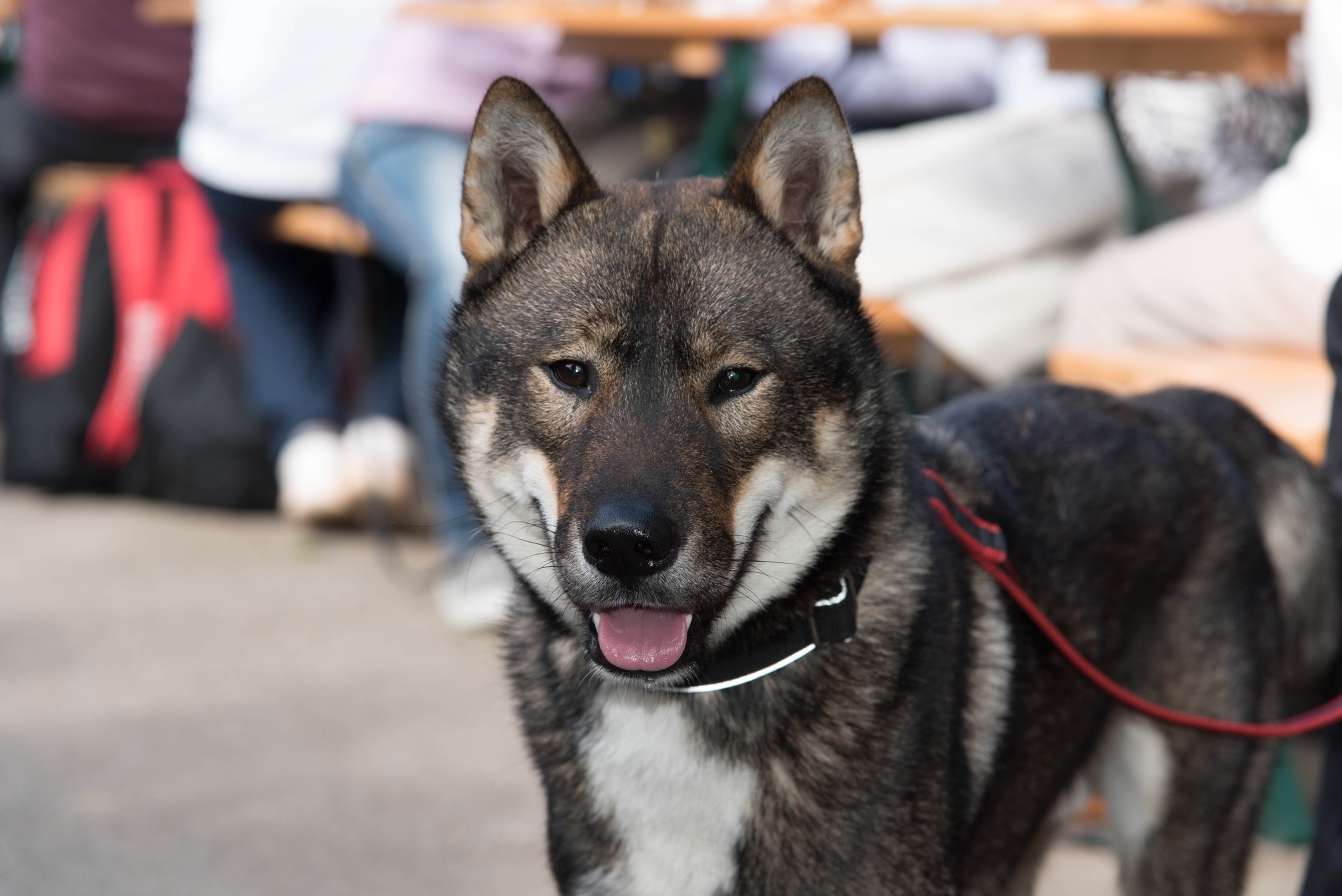
The Shikoku is an enthusiastic dog with an aptitude for hunting and tracking; the dogs were historically prized as wild boar hunters. Despite their hunting prowess, you’re not likely to find a Shikoku in the field. According to the American Shikoku Club, the Shikoku is one of the rarest Japanese dog breeds.
For those lucky to know a Shikoku, you’ll find a dog filled with endless energy that loves to chase whatever catches their eye. This breed must be kept safely on a leash or inside a fence whenever they’re outside so they don’t run off after a squirrel.
9. Hokkaido
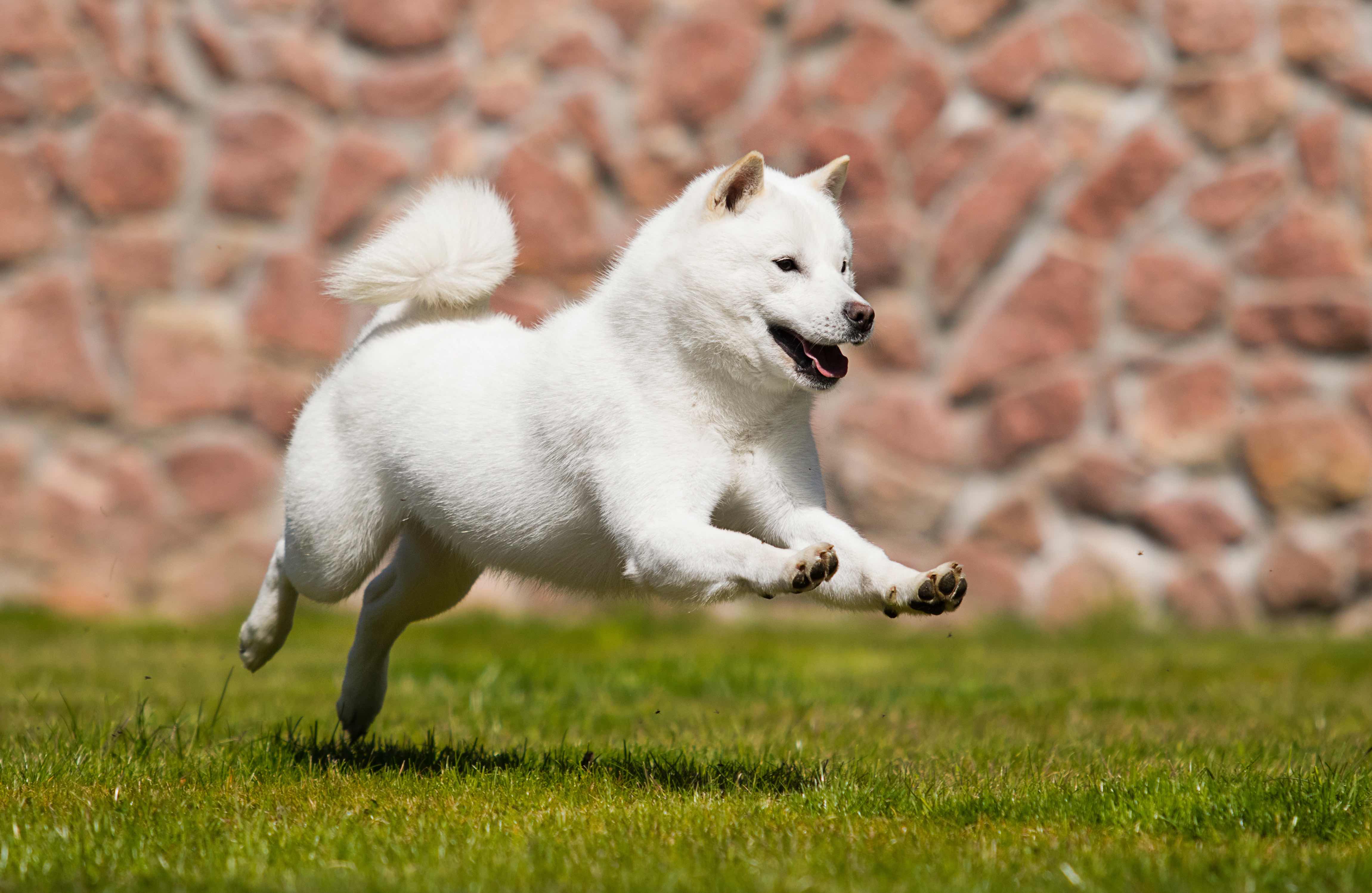
Named for Japan’s Hokkaido prefecture, the Hokkaido is a spitz-type dog marked by characteristics such as pointed ears, small eyes, and a curly tail. The breed was originally bred to hunt bears, according to the Hokkaido Association of North America, but is now commonly a companion dog.
According to the breed club, the Hokkaido wants to be near their favorite people at all times and can develop separation anxiety if left alone for too long. They do best in an active and outdoorsy family that can give this Japanese dog the attention they demand.
10. Kai Ken
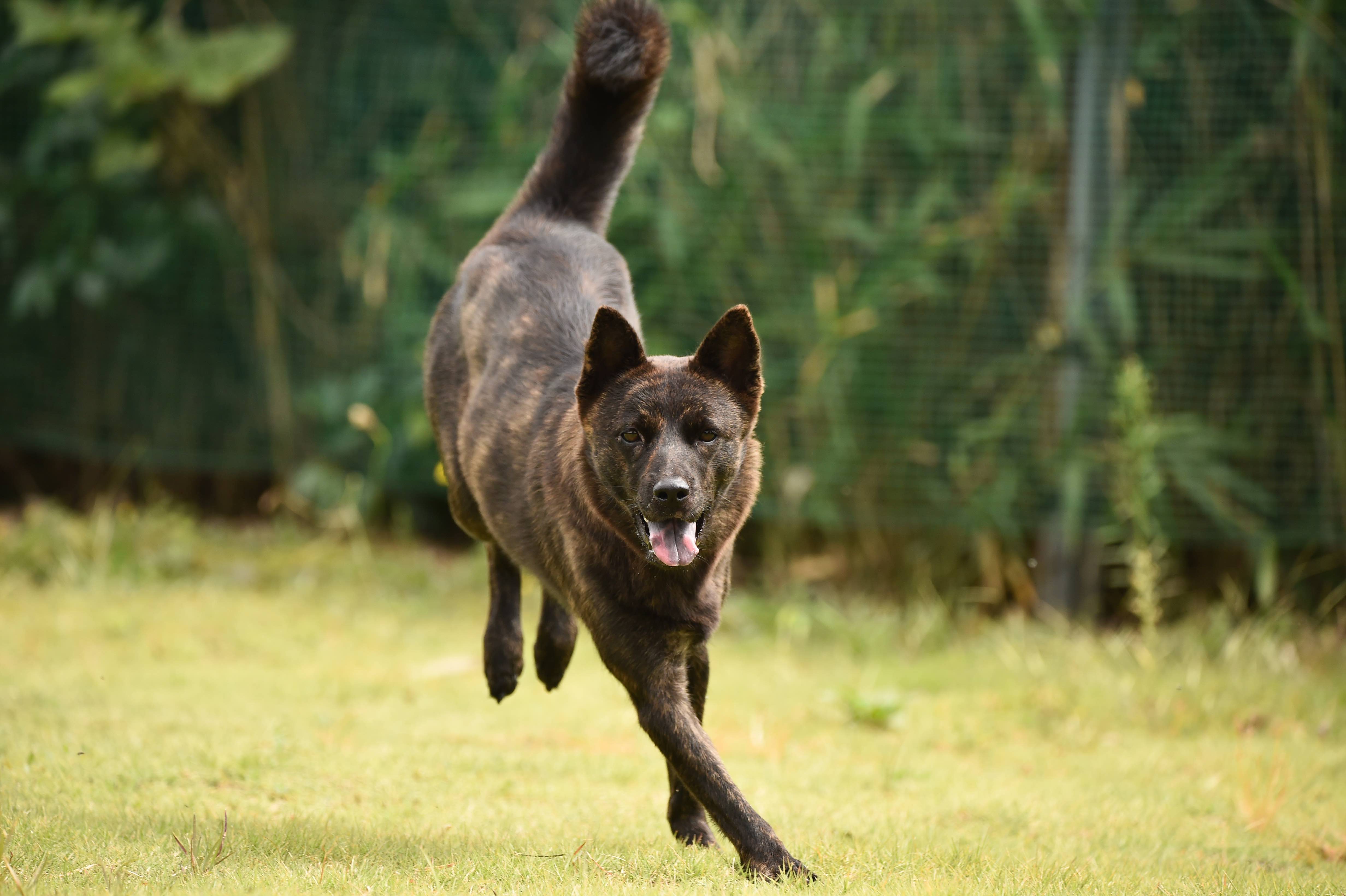
The Kai Ken is a rare dog breed—even in Japan. Devoted and reliable, the Kai is highly intelligent with a strong prey drive. Like the Hokkaido, Kai Ken prefer to be outdoors with their pet parents.
This breed resembles the build of other spitz-type dogs, but you can easily identify a Kai Ken by the dog’s brindle coat. Kai Ken are commonly referred to as the “Tiger Dog” of Japan because of their stripes.




